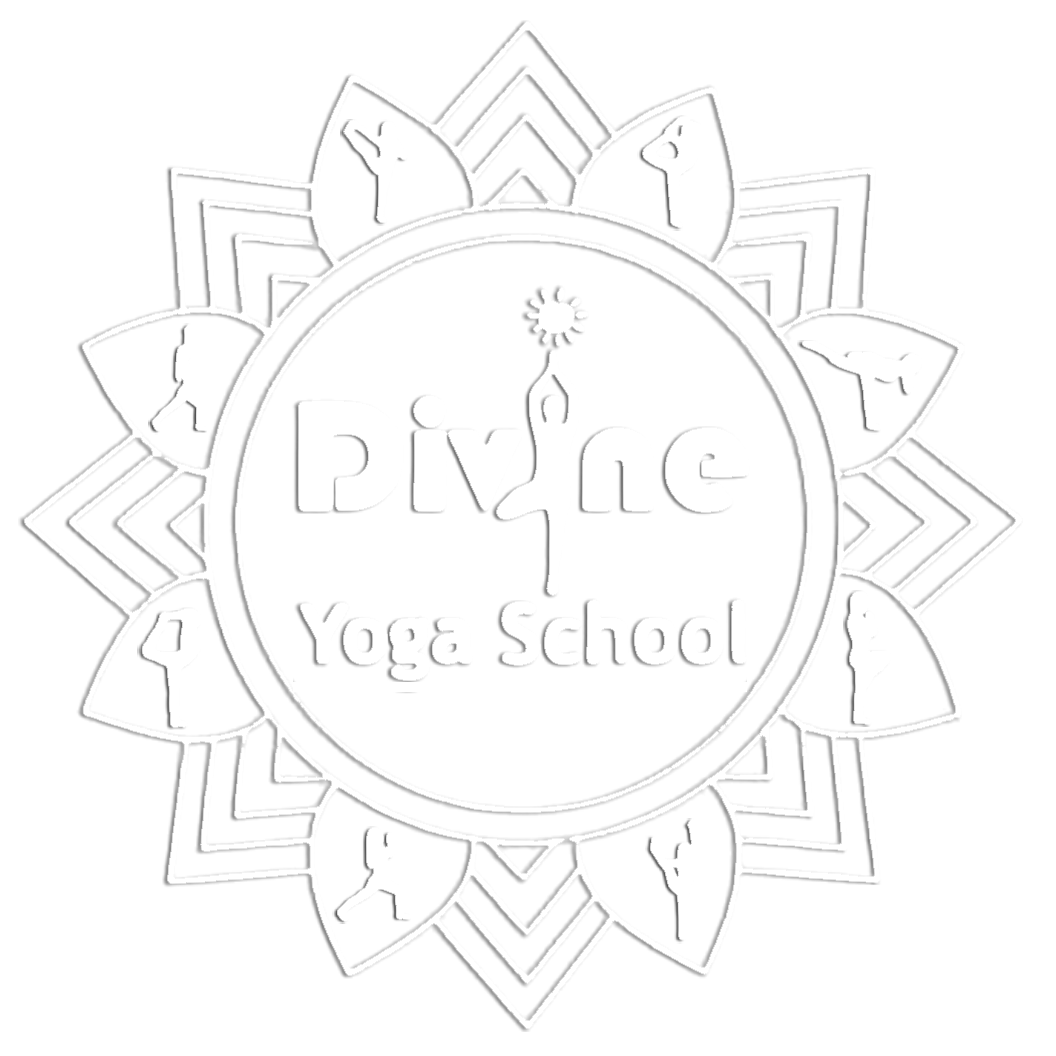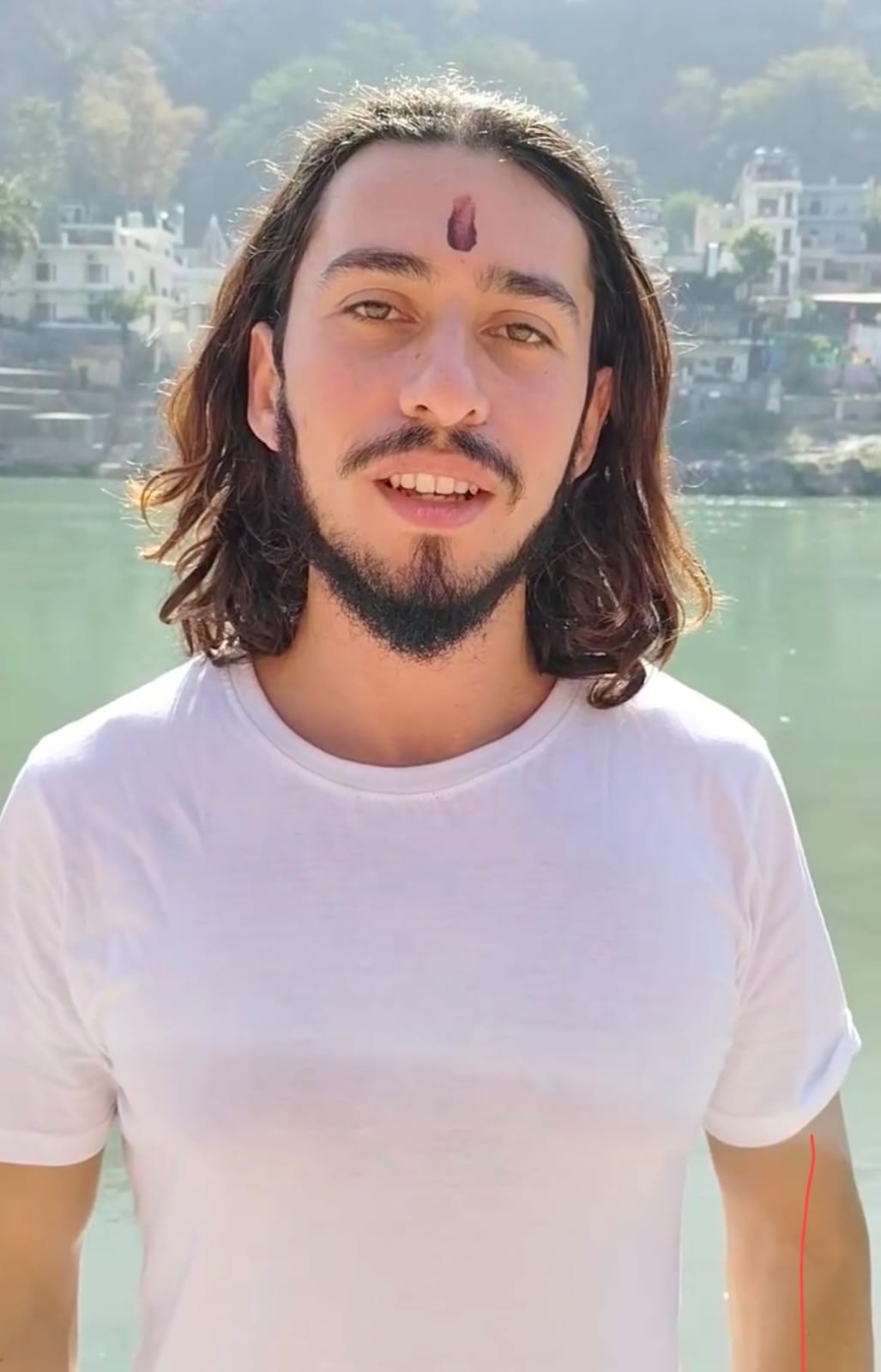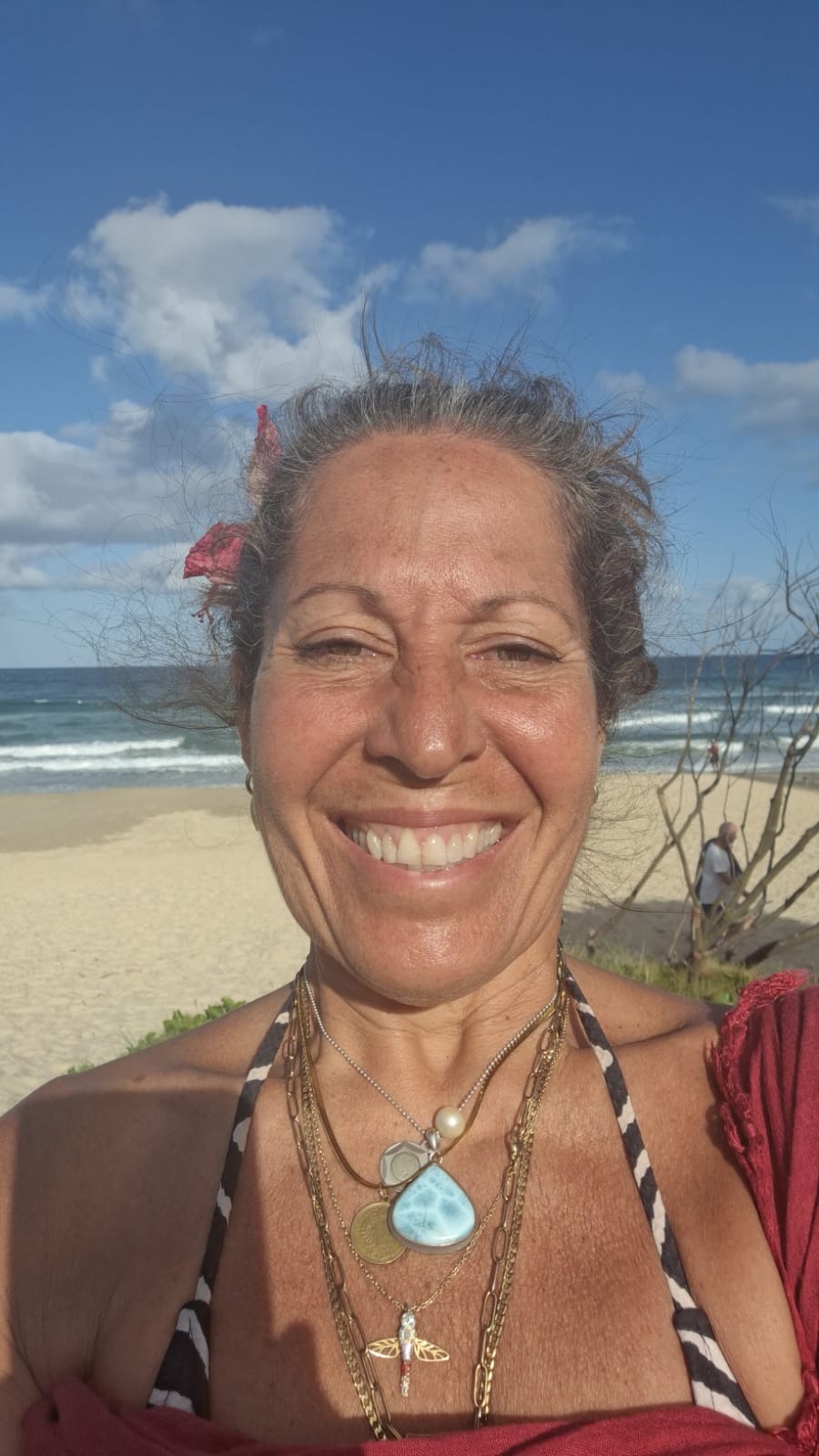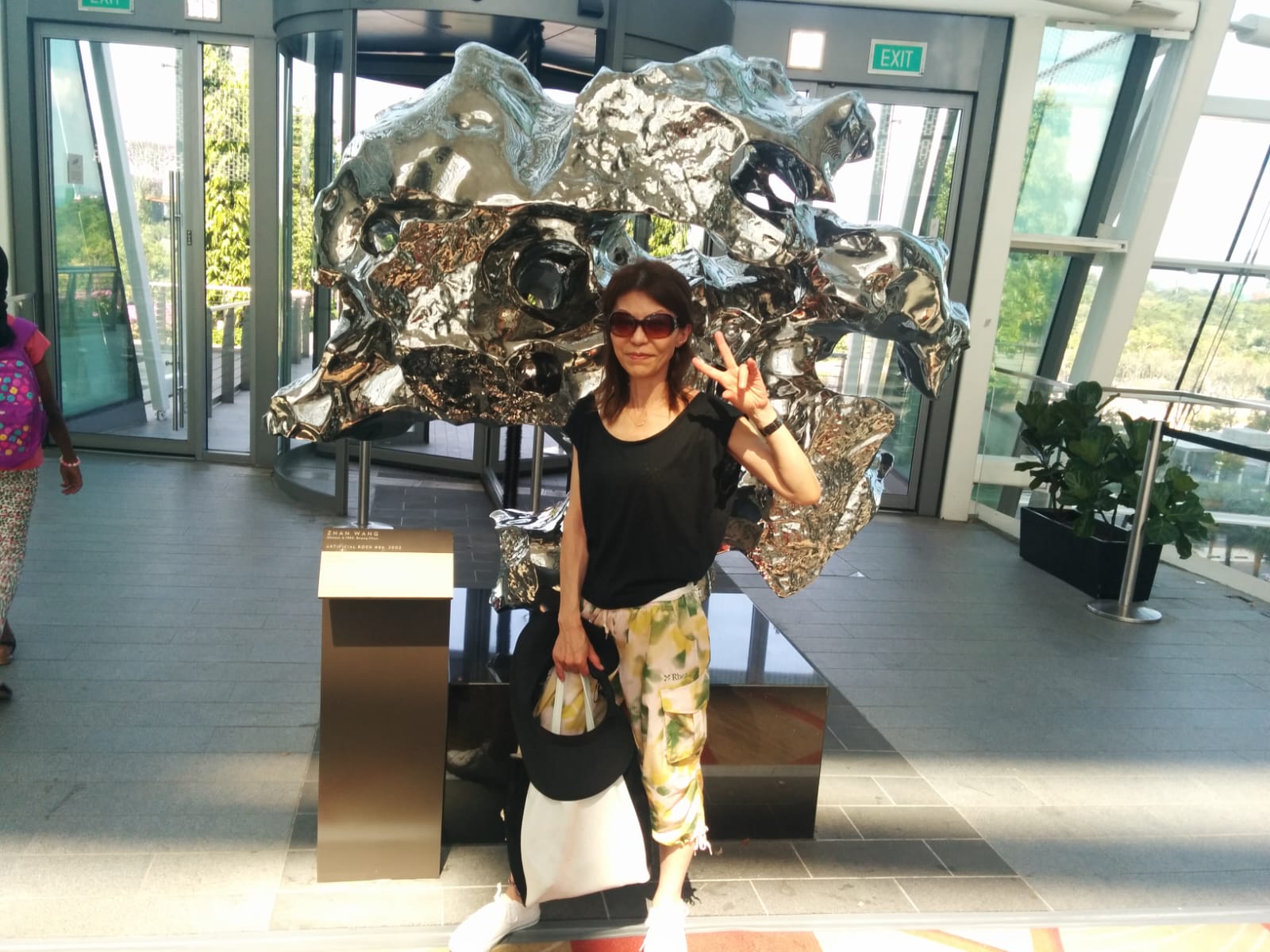100-Hour Yoga Teacher Training in Rishikesh, India
24 Days | Beginner to Intermediate
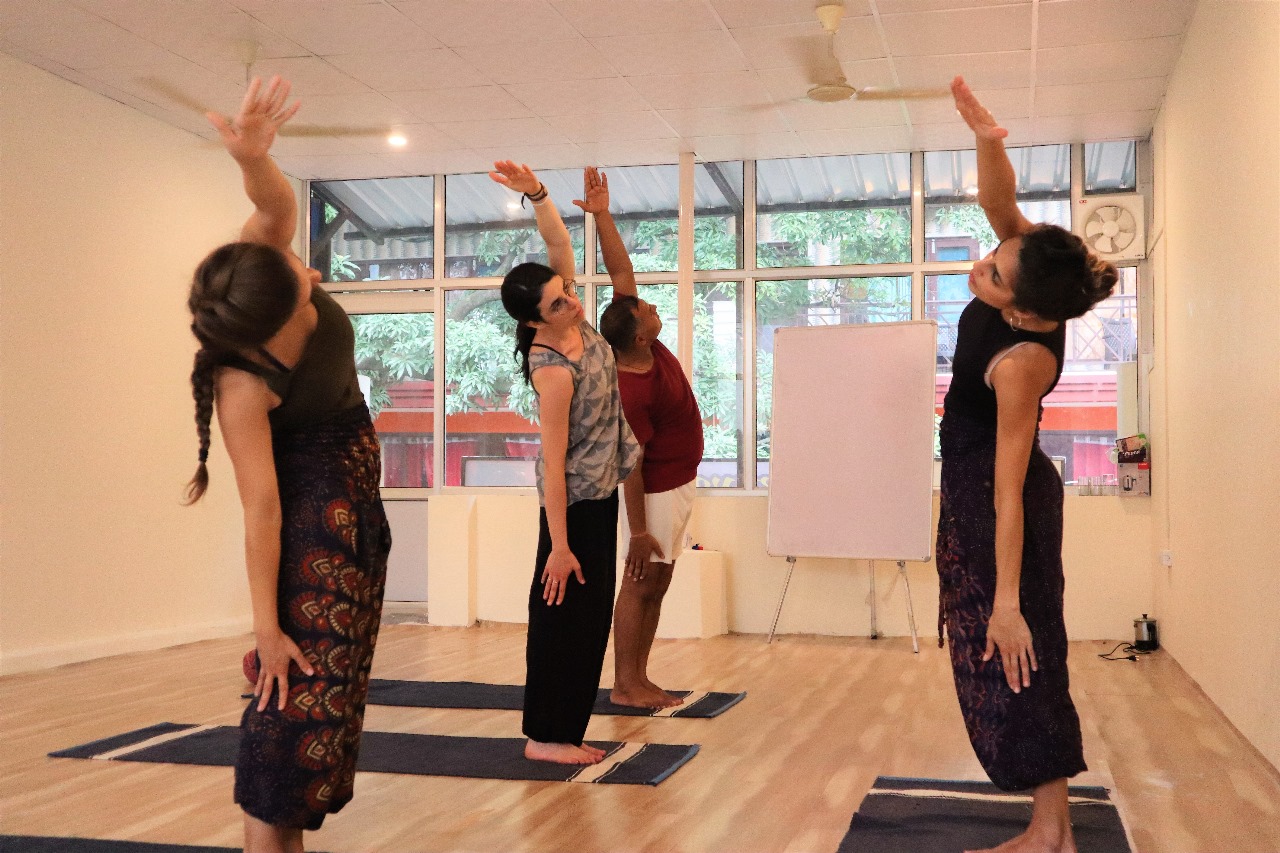

In combination with classroom-based learning, participants receive a wide exposure, including supervised practical teaching. Graduates of the program will receive a certificate of training from the international certifying body exams of Yoga Alliance that can be required for specific yoga studios, yoga schools, and wellness centers as validated proof of their competence in the art of teaching yoga.
You will study and practice:
- Asanas (Yoga Postures): Alignment, variations, and safe adjustments for practitioners at different levels.
- Pranayama (Breathwork): Classical breathing exercises to enhance focus, calmness, and vitality.
- Meditation Practices: Techniques to develop concentration, mindfulness, and inner clarity.
- Relaxation & Yoga Nidra: Methods for deep rest and preparatory stages of yogic sleep.
- Yoga Philosophy: Teachings from Patanjali’s Yoga Sutras and the roots of the yogic path.
- Teaching Methodology: Lesson planning, sequencing, cueing, and creating inclusive classes.
- Practical Teaching: Small-group sessions with feedback to build confidence and clarity.
- Ethics for Teachers: Understanding professional conduct and responsibility in sharing yoga.
The curriculum incorporates Ayurveda, Karma Yoga, and mantra chanting as a representation of Indian heritage closely associated with traditional yoga culture, together with a practice of Hatha Yoga and Ashtanga Vinyasa to maintain a solid foundation, along with pranayama, shat kriya, relaxation, and meditation sessions. The training is 6 days on, 1 day off each week for reflection and repose.
Upon the course completion, students accomplish a solid foundation in asana, breath practice, and meditation while diving deeper into the spiritual nature of yoga—preparing them to teach from a place of authenticity, awareness, and intention.
Who Can Join the 100-Hour Yoga Teacher Training
- Want to live a healthy, balanced life and care for both body and mind.
- Are interested in learning more about themselves through yoga, meditation, and its wisdom.
- Have been practicing yoga on and off and now wish to study in an organized way.
- Want to build a strong base in yoga — not just postures, but also breathing, philosophy, and other key practices.
- Dream of teaching yoga and sharing their experience as certified teachers worldwide.
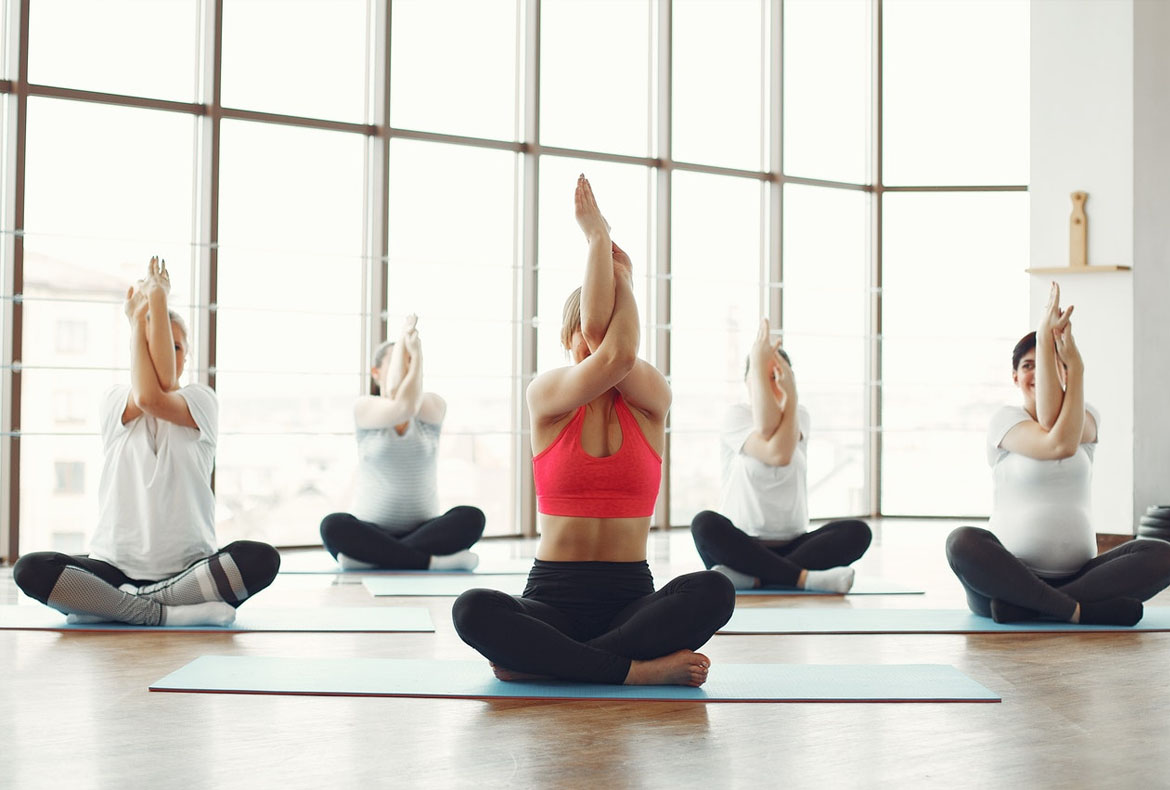

Course Completion Requirements
- Submit all weekly assignments on time.
- Pass the final practical (teaching) assessment.
- Clear the final written examination.
- Maintain full (100%) attendance throughout the training.
- Adhere to the Code of Conduct and all school policies without any violations.
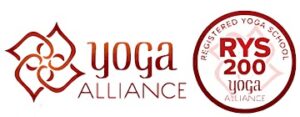
Certification Issued by Yoga Alliance for RYS 200
The foundational component for becoming a Registered Yoga Teacher (RYT) with Yoga Alliance upon graduation is a 100-Hour Yoga Teacher Training (TTC) from a Registered Yoga School (RYS 200) with an approved Yoga Alliance curriculum. After completing 200 hours of study and practice, including training hours from the RYS 200, you would be eligible to apply for the RYT 200 certification from Yoga Alliance USA, providing you with international certification as a qualified yoga teacher.
If you are already a RYT 200, your next certification option would be the 300-Hour Yoga TTC. Upon completion of both a 200-hour and a 300-hour program, you would qualify for 500 hours of formal training, which would allow your RYT to be considered RYT 500. The 500-Hour Yoga Teacher Training option is a 500 hours of training curriculum offered in one program.
100 Hour Yoga Teacher Training : Course Curriculum
Meditation in Hatha Yoga
- Explore the mindful steps of Hatha Yoga; centering body and mind, moving into the pose slowly, adjusting alignment, focusing on the pose, exiting the pose safely, and reflecting on the experience.
Ashtanga – Vinyasa Yoga Flow – Primary Series
- Be introduced to the Initial Series of Ashtanga Vinyasa Yoga, where strength, flexibility and breathing come together in a flowing sequence..
Sun Salutation (Surya Namaskar)
- Experience the invigorating practice of the sun salutation:
- Sun Salutation Dynamic – cursory energetic moves to warm the body.
- Breath Based Sun Salutation – timing the movement for the breath.
- Mantra Based Sun Salutation – pairing hand movements with sacred sounds for a meditative experience.
Types of Yoga Postures
- Standing poses
- Seated poses
- Forward bends
- Back bends
- Twists (spinal rotation)
- Fire Series (invigorating poses)
- Inversion poses
- Shavasana (total rest)
Postural Alignment & Adjustments
- Philosophies of safe body alignment and the application of assisting or adjusting students for optimal posture, comfort, and safety.
Counterposes
- Learn to counter each asana with a complementary counter-movement for a symbiotic effect of the body.
Contraindications
- Learn to identify situations, or bodily conditions, that would require limiting or removing certain asanas for safety reasons.
Understanding the Science of Breath
- Learn how conscious breathing affects your physical vitality, emotional balance, and mental clarity. See how prana (life force) runs through the body and promotes health.
Recommended Sitting Positions
- Learn two stable and comfortable sitting positions to use in your pranayama practice; for example, Sukhasana (easy pose), Padmasana (lotus), or Vajrasana (diamond pose), with your spine straight and shoulders relaxed.
- Diaphragmatic Breathing as Preparation – Before you start with advanced breathing techniques, process natural abdominal (diaphragmatic) breathing to promote calmness and lung capacity.
Breath Ratios for Practice
- Gently develop overall ease of inhalation, retention, and exhalation through exercise in ratios that are much different from classical types of pranayama.
- : 1 (equal inhale and exhale)
- : 2 (slow exhale, double the inhale)
- : 4 (advanced breath retention techniques)
Classical Types of Pranayama
Learn and experience traditional types of pranayama, such as:
- Nadi Shodhana (alternate nostril cleansing breath)
- Ujjayi (victorious breath)
- Kapalabhati (skull-shining breath)
- Bhastrika (bellows breath)
- Shitali (cooling breath)
- Sheetkari (hissing breath)
- Bhramari (humming bee breath)
- Anuloma Viloma (alternate nostril breath)
Relaxation in Daily Life
- Realize the importance to include moments of calm in every day routines. Discover some easy practices to release physical and mental tiredness during the day.
- Tension and Relaxation Awareness – Identify how your body may be holding tension. Practice gentle ways to move your body from tension to relaxation as a way to increase awareness and decrease tightness.
Systematic Relaxation
- Establish a procedure to bring relaxation to every part of the body, using breath cycles and mindful attending to give it a rest.
- Thirty-One Points Relaxation – Use a guided practice which brings awareness to 31 key points in the body as a way to relax the nervous system response and create inner quiet.
Sixty-One Points Relaxation
- An advanced practice moving across 61 points while noticing the learned point and creating more alertness and deeper relaxation.
Preparation for Yoga Nidra
- How to set up a personal place with minimal distractions, settle and find comfort and quietness in the mind/body as preparation for yoga nidra – the deep yogic sleep we call Yoga Nidra.
What is Meditation?
- Think of meditation as a concentrated awareness practice, unifying body, breath, and mind, and developing clarity, equilibrium, and tranquility.
Meditation in Everyday Life
- Learn how to incorporate mindfulness with action and activity—walking, eating, or following the breath or pausing. This normalizes calm into your daily rhythm.
- Sitting Positions for Practicing – Explore comfortable, stable places to sit still for some time: Sukhasana (easy pose), Padmasana (lotus), Vajrasana (diamond pose), or a straight-back chair for additional support.
- Short Sessions (2–5 minutes) – Practice with shorter sessions to gain skill by focusing on the breath or a single point to gradually cultivate steadiness and certainty.
- So-Ham Meditation – Follow the breath. Silently inhale and say “So”, silently exhale and say “Ham” as you center the mind towards stillness and connect with the deeper self.
Chakra Meditation
- Use a soft focus, color, or sound for each of the subtle energy centers in the body to stimulate and balance (smoothness, intensity, and liveliness) in your body.
Trataka (Gazing at a Candle)
- This is a concentration technique involving a soft gaze at a candle flame or fixed point without blinking. It trains the eyes and mind to see stillness, enhancing deep concentration and clarity of mind.
Japa Meditation
- Focus on chanting or mentally repeating a mantra (optionally using mala/prayer beads) to deepen concentration and cultivate loving awareness.
Dynamic Meditation
- An active methodology using movement, breathwork, sound, and stillness to release tension from the body and increase alertness and awareness.
Mauna (Silence) Meditation
- Practice outer and inner silence to allow speech and thought to settle, calming the nervous system and fostering clear, distinct rationale.
Foundations of Anatomy and Physiology
- You will begin to link to how the human body functions, in terms of the systems that will be affected by the practice of yoga.
Digestive System
- Yogic digestion research – Explore how yogic philosophy considers and understands the organs and processes of digestion.
- Yoga effects on digestion – Explore the involvement of asana, pranayama, and relaxation practices and their resulting effects on metabolism, digestion, and gut health.
Respiratory System
- Structure and function – Explore in-depth the lungs, diaphragm, and related organs of respiration.
- Yoga effects on respiration – Consider how asana, pranayama, and postural practices affect respiration and promote lung capacity outcomes.
Muscles and Bodily Systems Engaged in Asana
- Consider how the asanas strengthen and involve muscular groups, joints, and systems of the body, to create balance, strength, and endurance.
Nadis
- Explore the subtle channels (ida, pingala, sushumna, etc.) that are theoretical pathways of life energy (prana).
Chakras
- Examine and discover the seven basic chakras in the body. Investigate location, characteristics, and how your yoga practice can balance and awaken these energy centers.
Pancha Tattva
- Investigate the five primordial elements—earth, water, fire, air, and ether—as supporting factors of yogic philosophy, and learn how to balance these elements within the body and mind through yoga.
Panchakosha
Examine the five yogic sheaths of human existence:
- Annamaya (physical sheath)
- Pranamaya (life energy sheath)
- Manomaya (mental sheath)
- Vijnanamaya (wisdom sheath)
- Anandamaya (bliss sheath)
Pancha Pranas
Learn the five aspects of prana—the vital forces of nature:
- Prana – connected to inhalation and movement
- Apana – elimination and grounding
- Samana – assimilation and digestion
- Udana – speech and up
The Six Schools of Indian Philosophy
- Get an overview of the six classical darshanas (viewpoints): Samkhya, Yoga, Nyaya, Vaisheshika, Mimamsa, and Vedanta. Understand how they provide the philosophical foundation for yogic thought and practice.
Samkhya and Yoga
- Study Samkhya’s dualistic perspective of Purusha (consciousness) and Prakriti (nature), and learn how Yoga adopts these principles to create a practical path for inner freedom.
Patanjali’s Yoga Sutras
- Explore the essence of this foundational text, which systematizes yoga into clear principles and techniques for personal growth and self-realization.
The Eight Limbs of Ashtanga Yoga
Understand the progressive path outlined by Patanjali:
- Yama: ethical restraints
- Niyama: personal observances
- Asana: postures for steadiness
- Pranayama: breath control
- Pratyahara: withdrawal of the senses
- Dharana: concentration
- Dhyana: meditation
- Samadhi: deep absorption and inner freedom
Introduction to the Upanishads
- Gain insight into these ancient scriptures, which present the wisdom of self-inquiry, the unity of life, and the connection between the individual soul (Atman) and the universal spirit (Brahman).
Lifestyle and Yoga Ethics
- Learn how to cultivate a yogic way of living, embracing simplicity, self-discipline, compassion, and respect for oneself, others, and the environment. Discover how ethical values enhance harmony between mind, body, and spirit.
- Gyan Mudra – Mudra of Knowledge
- Chin Mudra – Gesture of Consciousness
- Prana Mudra – Gesture of Vital Energy
- Dhyana Mudra – Gesture of Meditation
- Hridaya Mudra – Heart Gesture
- Shanmukhi Mudra – Closing the Six Gates
- Ashwini Mudra – Horse Gesture
Prayer
- Om Sarve Bhavantu Sukhinah
- Sarve Santu Niramayah
- Sarve Bhadrani Pashyantu
- Ma Kashcid Duhkha Bhag Bhavet
Opening Mantras
- Om
- Om Vande Guruṇāṃ Charanāravinde
- Om Sah Nāvavatu Sah Nau Bhunaktu
- Om Asato Ma Sadgamaya
- Om Namah Shivaya
Closing Mantras
- Om Purnamadah Purnamidam
- Om Lokah Samastah Sukhino Bhavantu
- Om Sarve Bhavantu Sukhinah
- Om Shantih Shantih Shantih
- Om Tryambakam Yajamahe
Here’s a clear and concise section you can include in your yoga syllabus for Satkriya (Cleansing of Body & Mind):
Common Satkriya Techniques:
- Kapalabhati – Cleansing of lungs and energizing the mind.
- Trataka – Concentrated gazing to improve focus and mental clarity.
- Jala Neti – Nasal cleansing to clear sinuses and enhance breathing.
- Vamana Dhauti – Stomach cleansing for digestive health.
- Nauli – Abdominal massage and stimulation for digestion and internal organ health.
- Assignments – Tasks designed to reinforce theoretical knowledge and practical skills.
- Practice Teaching – Students lead sessions to develop confidence, clarity, and presentation skills.
- Feedback – Constructive feedback from instructors to improve techniques, posture, and teaching style.
- Group Discussion – Collaborative discussions to enhance learning, understanding, and problem-solving.
- Question & Answer – Interactive sessions to clarify doubts and deepen comprehension.
Homework
- Daily practice of yoga techniques learned in class.
- Reflection journals on personal experience and progress.
- Study and memorization of mantras, pranayama, and yoga theory.
- Assignments on teaching methodology, lesson planning, and case studies.
100-Hour Intensive 24-Day Yoga Teacher Training in Rishikesh, India
This 24-day intensive , Yoga Teacher Training is a fantastic opportunity for the serious practitioner, who wants to strengthen their practice but also wants to become confident certified yoga teachers. This somatic experience shares traditional Hatha and Vinyasa Yoga, yoga philosophy, anatomy and physiology, pranayama, meditation, mantra, and practical teaching. The serene Himalayan environment will help you feel connected to nature, and open up your heart to the spiritual practices of yoga, while keeping you balanced in mind and body.
Great for beginners, intermediate, and aspiring yoga teachers, this training addresses both theoretical and practical knowledge to develop your understanding of yoga. Through daily practice, lectures, group discussion, and self-reflection; you will deepen your knowledge and experience of yoga and understand how to teach.
Daily Schedule (24 Days)
| Morning | ||
| 6:15 AM | Morning Prayer & Meditation | Begin the day with a short prayer and meditation to set a calm and focused mindset. |
| 7:00 – 8:00 AM | Hatha Yoga Asanas | Traditional yoga postures to improve flexibility, strength, and balance |
| 8:30 – 9:30 AM | Pranayama & Breathing Practices | Learn and practice various breathing techniques to enhance energy, focus, and vitality. |
| 9:30 – 10:30 AM | Breakfast | |
| Mid-Morning: | ||
| 11:00 – 12:00 (Noon) | Yoga Philosophy | Study classical yoga texts, Patanjali Yoga Sutras, and the six schools of Indian philosophy./Yoga Anatomy & Physiology: Learn the physical, physiological, and energetic aspects of yoga to understand the human body and safe practices. |
| Afternoon | ||
| 12:30 – 1:30 PM | Lunch & Rest | |
| 3:00 – 4:30 PM | Self-Practice & Assignments | Personal practice to refine postures, pranayama, and meditation techniques. |
| Evening | ||
| 4:30 – 5:00 PM | Tea Break & Relaxation | |
| 5:00 – 6:30 PM | Asana Lab | Dynamic sequencing to improve strength, flexibility, and body awareness. |
| 6:30 – 7:00 PM | Meditation & Relaxation Techniques: | Deep relaxation, mindfulness practices, and guided meditation to calm the mind. |
| Night | ||
| 7:00 – 8:00 PM | Dinner | |
| 8:00 – 9:00 PM | Reflection & Journaling | Time for personal reflection, journaling, and reviewing daily learnings. |
| 9.30 PM | Lights Off | |
Course Dates
Our 100-Hour Yoga Teacher Training in Rishikesh is conducted every month from 1st – 24th and is a complete immersion for 24-days into yoga, self-exploration, and wellness. This allows for plenty of time for practice, theory, and self-study, which any level of practitioner can benefit from whether you’re just starting or already intermediate and wanting to take your yoga to the next level.
| Course Date | Course Name | Book Now |
|---|---|---|
| 1nd – 24th January | 100 Hour YTTC in Rishikesh, India | BOOK NOW → |
| 1nd – 24th February | 100 Hour YTTC in Rishikesh, India | BOOK NOW → |
| 1nd – 24th March | 100 Hour YTTC in Rishikesh, India | BOOK NOW → |
| 1nd – 24th April | 100 Hour YTTC in Rishikesh, India | BOOK NOW → |
| 1nd – 24th May | 100 Hour YTTC in Rishikesh, India | BOOK NOW → |
100 hour Yoga TTC in Rishikesh, India: Course Fee
| Accommodation Type | Course Fee |
| Private Single Room (1 person/room) | US$ 1250 |
| Private Double Room (Price for 2 person/room) | US$ 2200 |
| Note: Divine Yoga School is currently offering 15% discount for 200 Hours Yoga TTC commencing 2025. | |
Book Your Seat: A minimum of US$ 200 advance deposit is required to secure your seat for the course. The remaining course fee is due on arrival at our school reception.
** Please kindly inquire for room availability and wait for us to confirm availability prior to your booking. **
Key Features of the Program
- Intensive Practical Training: Daily practice of Hatha, Vinyasa, Pranayama, Meditation, and Relaxation techniques.
- In-depth Theoretical Knowledge: Yoga philosophy, anatomy, and teaching methodology.
- Assignments & Teaching Practice: Weekly assignments, peer teaching, and feedback sessions to build confidence.
- Cultural Immersion: Explore the spiritual heritage of Rishikesh, including temples, shrines, and Himalayan nature.
- Healthy Vegetarian Meals: Three balanced vegetarian meals daily, along with fruits and green tea to support energy and wellness.
Note: A minimum of Daily Schedule is subject to change.
Booking Instructions:
Inquire First: Before making a payment please check the availability of the room type you have requested.
Payment Methods:
- Bank Transfer (INR or USD)
- Online Payment (PayPal / Credit Card)
- UPI / Google Pay (Only for Indian participants)
Confirmation: Your seat is not confirmed until the advance payment is received.
Cancellation & Refund Policy:
- More than 15 days before the course start date: Full refund of the payment (will be less bank charges)
- Less than 15 days before the course: No refund
- In the case of rescheduling, with a prior request, deposit can be worked out for other batch.
Important notes:
- Balance course fees must be settled before the commencement of the course.
- Keep payment receipts as proof for confirmation.
- Book early as seats and rooms are limited.
- Please go through Our Policy and Code of Conduct thoroughly.
